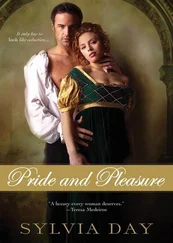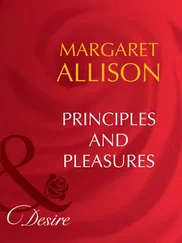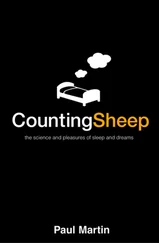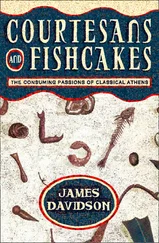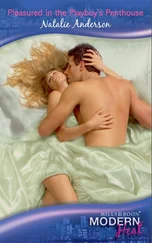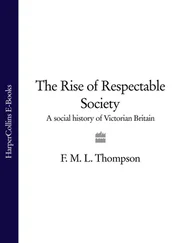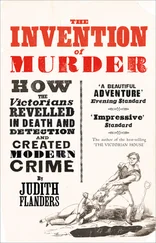Leisure and Pleasure in Victorian Britain
 London, New York, Toronto and Sydney
London, New York, Toronto and Sydney
For Andy
1945—2006
Wee but mighty
From the reviews of Consuming Passions :
‘Over the course of the nineteenth century, a whole new world opened up to an ever-growing section of the population—a world of retail choice, of travel for pleasure, of cultural and sporting diversion. It is a world explored with much wit and insight by Judith Flanders…The subject is a large one. Flanders, however, is excellent at showing the processes by which this general transformation was achieved…The themes that lie behind the narrative are interesting, and are well drawn out, but it is the details of the story that engage and entertain. They abound on every page…It’s a rich mix’
MATTHEW STURGIS, Sunday Telegraph
‘A panoramic view of a society and economy transformed by retail, travel and the production of inessential goods…This excellent study…is a major achievement’
JANE STEVENSON, Observer
‘An absorbing Gladstone bag of a book, from which curious items spill out in delightful profusion, some familiar, some very strange indeed…Flanders always leavens her statistics with descriptions and illustrations which bring her material vividly to life…[An] absorbing and scholarly study of the inexorable rise of consumerism’
Literary Review
‘Tlluminating…This excellent historical account is written with the sort of gusto that characterizes Cole, Wedgwood and the other heroes of Flanders’s book’
TLS
‘A deeply satisfying exploration of how the Victorians pursued their leisure time…Bursting with original research and statistics, it gives a panoramic view of Victorians at play’
Country Life
‘A fascinating look at the birth of leisure. The joy is in the details…Flanders has a real flair for humanising facts by grounding them in contemporary voices. If only all social history could be relayed with this much vitality’
Easy Living
‘Not only a scholarly compendium of facts about the way the Victorians spent their money, but also my favourite bedside reading of 2006’
JAN MORRIS, Books of the Year, Observer
‘Full of fascinating nuggets, this book puts our modern obsession with buying stuff firmly into context’
Time Out
‘A highly accessible [book] which moves seamlessly from one facet of the commercialisation of leisure to the next…The text is rich in reference to contemporary sources, as it is in fascinating detail…[Narrated] with admirable skill and an engaging enthusiasm’
BBC History magazine
‘An authoritative book, to be dipped into with pleasure’
The Tablet
‘Richly detailed…An impressive achievement, authoritative, serious and ambitious’
The Times
Cover Page
Title Page CONSUMING PASSIONS Leisure and Pleasure in Victorian Britain
Dedication For Andy 1945—2006 Wee but mighty
Epigraph
Preface
1 From Arcadia to Arcade: The Great Exhibition
2 ‘A Nation of Shopkeepers’: The Eighteenth-Century Shop
3 The Ladies’ (and Gents’) Paradise: The Nineteenth-Century Shop
4 Read All About It: Buying the News
5 Penny a Line: Books and the Reading Public
6 To Travel Hopefully: Holidays and Tourism
7 The Greatest Shows on Earth?
8 Penny Plain, Tuppence Coloured: The Theatrical Spectacular
9 Going for a Song: The Music Market
10 Going, Going: Art and the Market
11 Sporting Life
12 Visions of Sugar Plums: A Christmas Coda
Appendices
APPENDIX 1 Currency
APPENDIX 2 Department stores (and other large shops) and their opening dates
APPENDIX 3 Holidays ‘kept at the Exchequer, Stamp-Office, Excise-Office, Custom-House, Bank, East-India, and South-Sea House’
Select Bibliography
Notes
Index
Acknowledgements
About the Author
Praise
By the same Author
Copyright
About the Publisher
In 1775, after a trip to Scotland, Dr Johnson wrote, ‘The true state of every nation is the state of common life…The great mass of nations is neither rich nor gay: they whose aggregate constitutes the people, are found in the streets, and the villages, in the shops and farms; and from them collectively considered, must the measure of general prosperity be taken.’ 1This seems to be such an unremarkable thought that to us it is scarcely worth saying. But before the nineteenth century it was a radical idea that prosperity, much less the true state of the nation, could be assessed by measuring the quantity and quality of the possessions of the nation’s inhabitants. The idea of a quantifiable ‘standard of living’ was as yet in embryo. By the time of the first ever World’s Fair, the Great Exhibition, held in London only seventy-six years later, the idea that one’s quality of life could be judged by the number of things one owned or consumed had come to be seen as natural: the consumer society had been born.
One of the ways of measuring the standard of living was by measuring possessions, but possessions did not necessarily have to be expensive or exclusive in order to be valuable to their owners. Dr Johnson’s equation of the state of the nation with the state of common life and the ‘measure of general prosperity’ came towards the start of the era of innovation which today we refer to as the Industrial Revolution, an era that finished towards the end of the nineteenth century, just as the phrase ‘standard of living’ came into general use. The Industrial Revolution calls to mind images of raw power, of steam engines, of coal and iron. But the first, and for much of the next century the most lucrative and technologically advanced, industry spawned by what we know as that revolution was the manufacturing of textiles—all that iron and steel, to create fashionable fabrics, pretty ribbons, lace and other fripperies that could in many cases be bought for a few pennies.
The Industrial Revolution saw not only the transformation of independent workshops into mammoth factories; it also saw the transformation of small shops into magnificent department stores. The period was one of increased buying and selling generally, and more particularly an increase in the quantity and quality of shops. The expansion of these new stores was frequently driven by new entrepreneurs, who generated previously unimaginable ways to stock them with new goods, new ways of displaying goods—plate-glass windows, gas lighting—and new ways of selling goods—money-back guarantees, advertising, discounts. By the end of the nineteenth century the Crown Princess of Greece was writing to her mother, ‘We spent I don’t know how many hours at Maple & Liberty! I screamed at the things to Tino’s horror, but they were too lovely! No , these shops I go mad in them! I would be ruined if I lived here longer!—Divine shops!!’ 2Not only were there ‘divine shops’, but new technologies in transport, from stagecoaches to canals to railways, brought the novelty of newspapers to tens of thousands more people, who could now read about what was available and what could be bought, encouraging them to acquire—or hope to acquire—more and more things .
But what the Industrial Revolution, and the new technologies that both drove it and were driven by it, produced was not just things—it was choice.
Читать дальше
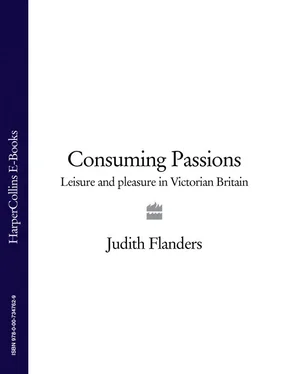
 London, New York, Toronto and Sydney
London, New York, Toronto and Sydney